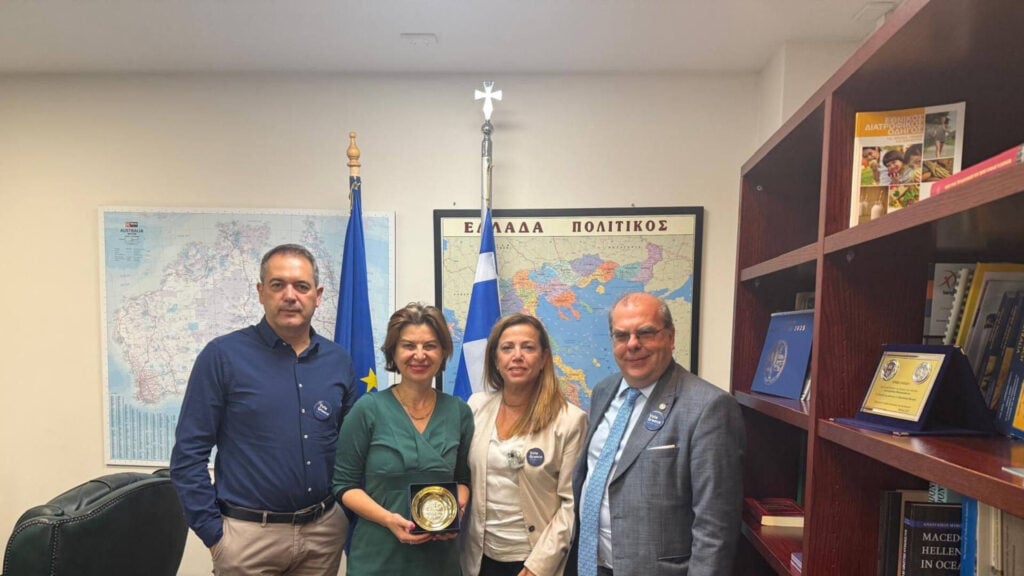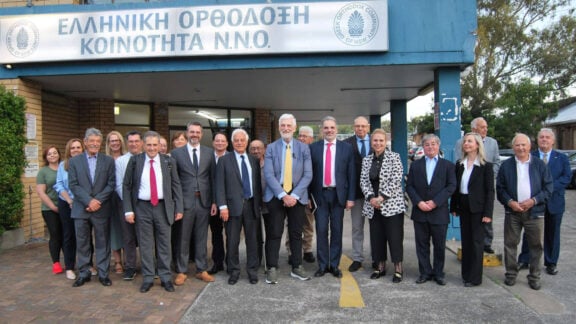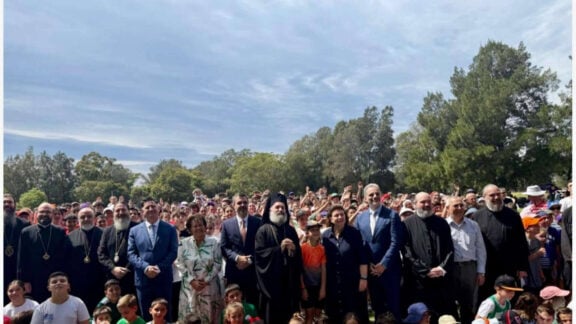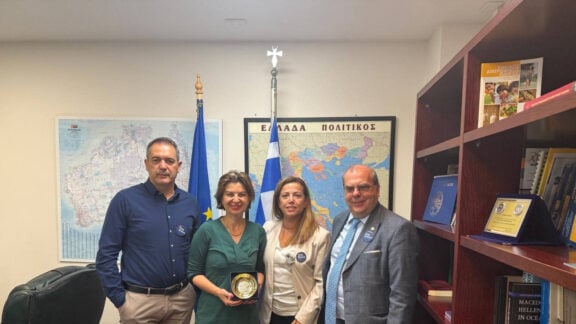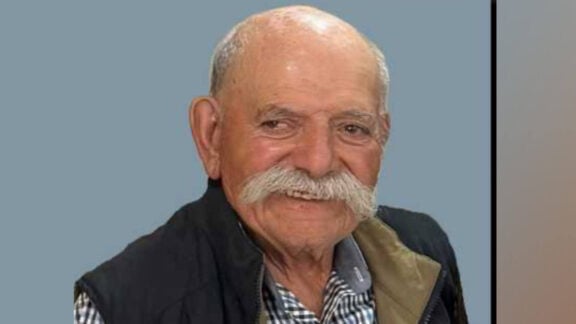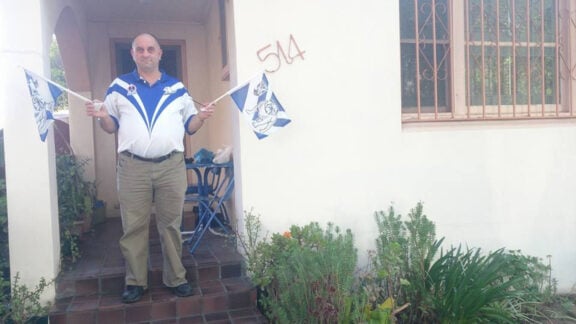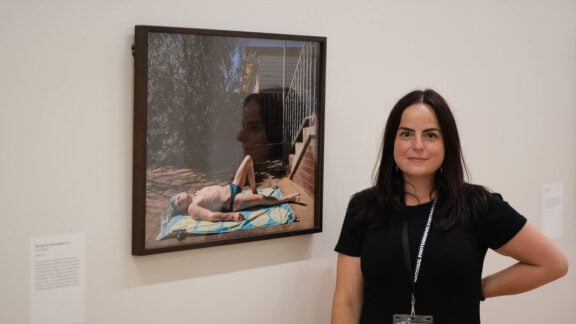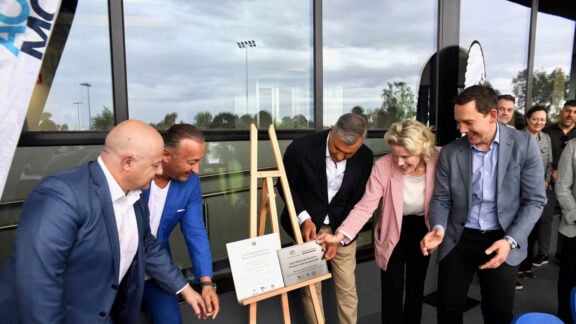Adelaide last week hosted the 2025 IUPESM World Congress, bringing together leading experts in biomedical engineering and medical physics from around the globe. Under the theme Bridging the Gap: Science, Technology, and Clinical Practice for a Sustainable World, the Congress showcased cutting-edge research and innovations shaping the future of healthcare.
The event served as a forum for exchanging ideas, exploring new technologies, and fostering collaborations across borders. Delegates engaged in discussions on topics ranging from clinical engineering and radiation shielding design to Monte Carlo modelling, underscoring the vital role of science and technology in advancing equitable healthcare.
A highlight of the Congress was the participation of a delegation from the National and Kapodistrian University of Athens (NKUA), reinforcing strong Greek–Australian academic and research ties. The delegation, received at the Consulate General of Greece in Adelaide, included NKUA Vice-Rector Dr Stathis Efstathiopoulos, along with Medical School professors Ioannis Seimenis and Kalliopi Platoni.
During their visit, the Greek delegation engaged in high-level discussions with Australian academic and medical leaders. These conversations focused on opportunities for joint research projects, student and staff exchanges, and collaborative programs, with particular emphasis on promoting NKUA’s English-language courses in medicine and the humanities.
A representative from the Consulate General described the visit as “a significant milestone in strengthening the bonds between Greece and Australia in education and research. This exchange opens new pathways for collaboration and reflects a shared vision of advancing knowledge across borders.”
The Congress also announced that Athens will host the next 2031, IUPESM World Congress, further cementing Greece’s role in the global biomedical engineering and medical physics community.
The Greek delegation’s presence in Adelaide not only highlighted Greece’s academic contributions to these fields but also deepened partnerships that promise to enrich research, innovation, and education for years to come.
